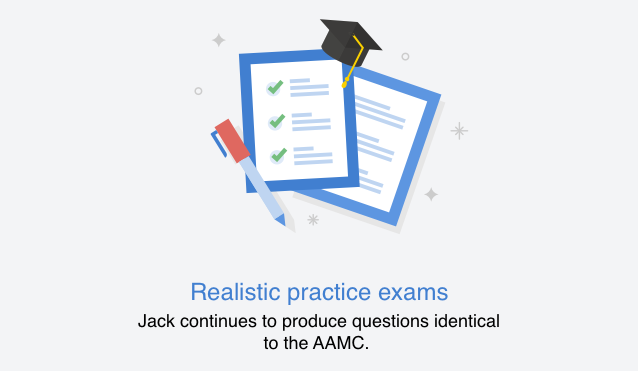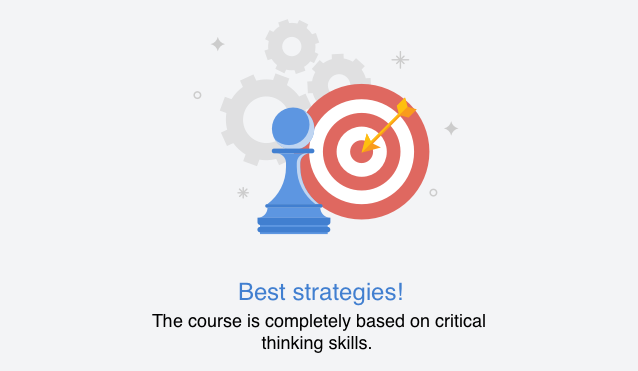Cognitive
Cognitive approaches to motivation focus on how a person’s motivation is influenced by their cognitions or mental processes. Of particular interest is the role of cognitive dissonance on motivation. Cognitive dissonance occurs when a person experiences conflict, contradiction, or inconsistency in their cognitions. These contradictory cognitions may be attitudes, beliefs, or awareness of one’s behavior. Dissonance is strongest when a discrepancy has been noticed between one’s self-concept and one’s behavior. If you do something you are ashamed of or act in a way that is counter to an idea you have about yourself (for example, if you consider yourself an honest person but then lie to your parents when they ask about your future plans), you are likely to feel cognitive dissonance afterward. The theory of cognitive dissonance proposes that people have a motivational drive to reduce dissonance in their cognitions by either changing or justifying their attitudes, beliefs, and behaviors. How a person chooses to respond to the dissonance depends on the strength of various motivating factors.
Need-based
Maslow’s theory is based on the premise that humans are motivated by needs that are hierarchically ranked. We all think of ourselves as having various needs—the need for food, for example, or the need for companionship—that influence our choices and behaviors. This idea also underlies some theories of motivation. In 1943, Abraham Maslow proposed a hierarchy of needs that spans the spectrum of motives, ranging from the biological to the individual to the social. Maslow’s theory defines motivation as the process of satisfying certain needs that are required for long-term development. According to Maslow, a need is a relatively lasting condition or feeling that requires relief or satisfaction, and it tends to influence action over the long term. Some needs (like hunger) may decrease when satisfied, while others (like curiosity) may not. Maslow’s theory is based on a simple premise: human beings have needs that are hierarchically ranked. There are some needs that are basic to all human beings, and in their absence, nothing else matters. We are ruled by these needs until they are satisfied. After we satisfy our basic needs, they no longer serve as motivators, and we can begin to satisfy higher-order needs.

Practice Questions
MCAT Official Prep (AAMC)
Section Bank P/S Section Passage 6 Question 41
Sample Test P/S Section Passage 4 Question 20
Practice Exam 1 P/S Section Passage 8 Question 41
Practice Exam 3 P/S Section Passage 9 Question 51
Key Points
• Drive -reduction theory, first proposed by Clark Hull in 1943, proposed that the purpose of biological drives is to correct disturbances of homeostasis.
• Primary drives are innate biological needs (e.g., thirst, hunger, and desire for sex), whereas secondary drives are associated with—and indirectly satisfy—primary drives (e.g., the desire for money, which helps pay for food and shelter).
• Incentive theory argues that behavior is primarily extrinsically motivated: people are more motivated to perform activities if they receive a reward afterward, rather than simply because they enjoy the activities themselves.
• Intrinsically motivated behaviors are performed because of the sense of personal satisfaction that they bring.
• Extrinsically motivated behaviors are performed in order to receive something from others—such as a promotion, praise, candy, money, or attention.
• Cognitive approaches to motivation focus on how a person’s cognitions —and especially cognitive dissonance —influence their motivation.
• The theory of cognitive dissonance proposes that people have a motivational drive to reduce contradictory cognitions by either changing or justifying their attitudes, beliefs, and behaviors.
• Maslow’s hierarchy of needs defines motivation as the process of satisfying certain needs that are required for long-term survival and development.
• There are some needs that are basic to all human beings, and in their absence, nothing else matters. As we satisfy these basic needs, they no longer serve as motivators, and we begin to satisfy higher-order needs.
• Maslow divided human needs into a pyramid that includes physiological, safety, love/belonging, esteem, and self-actualization needs. Higher-order needs can only be pursued when the lower needs are met.
Key Terms
drive: Acts of motivation like thirst or hunger that have primarily biological purposes.
homeostasis: The ability of a system or living organism to adjust its internal environment to maintain a stable equilibrium, such as the ability of warm-blooded animals to maintain a constant temperature.
extrinsic: External; inessential.
incentive: Something that motivates, rouses, or encourages; an anticipated reward or aversive event from the environment.
intrinsic: Innate; inherent; essential.
cognitive dissonance: A conflict or anxiety resulting from inconsistencies between one’s beliefs and one’s actions or other beliefs.









